Food, food and food again. I have to appear pretty gluttonous. As a conclusion to today’s contribution marathon it is now about food, I know someone who always tells me: “You have to eat, otherwise you die”. After all, this person is right and the food belongs to the culture as well. I think I don’t have mentionedyet that Japanese cuisine, unlike, for example, the Chinese, attaches great importance to preserving the original condition and taste of each ingredient. This means that not many spices (or additives) are used. For my tongue, which was already partly used to the industrial stuff, it was a good to get used to it (I already cooked as much myself as possible anyway). The Japanese also do not like so much sugar, the sweets are much less sweet than ours. I have been told many times that some foreign (German, Indian, etc.) food is too sweet and I just thought, that’s nothing …
For the new students in our lab, we celebrated a little party and made Tsukiyaki, also a kind of stew. The soup is based on mirin (sweet rice wine) and soy sauce. In it we have done leeks, mushrooms and different kinds of meat and fried and cooked it. Of course it was eaten in a bowl and with chopsticks, but a raw egg had been put into the bowl and neatly swollen with the chopsticks. Then some sauce and mainly solid ingredients were added to the shell. This was repeated each refill, but the remains of the egg’s sauce mix always remain in the shell. So not every time a new raw egg was used.
Here are some more ramen, the left one is a classic ramen.
This is a buta don, a bowl of pork with rice. Delicious!
I had already addressed the ready meals, which are cooked. These so-called bentos can also be bought in specialized shops (or almost everywhere). This can also be complete meals. In this case, I was again very late and was able to get these two greatly reduced in a shop (probably almost self cost price). The left is a mix of meat and rice, with vegetables and the right one is Gyouza. Gyouza is original from China and is called Jiaozi. They are stuffed dumplings, often with meat or vegetables. There is also a sauce for a dipping.
I also stumbled over it and had to try out of curiosity. These are a kind of short wieners in a croquette coat that was fried.
KitKat is also available here, just with more flavors. Here Sakura no hana (cherry blossom) and soy beans. But for example with Matcha is also possible.
This was bread dipped in caramelized sugar. Addictive ….
Bread again, this time with Matcha.
White peach juice. The fruit content in the juices is generally lower compared to ours.
Häagen-Dazs is quite popular here and also has flavors only for the Japanese market. Why, they are pretty good.
Matcha again, this time as a jelly cube.
Dango again, but in a classic design.
This was a sweet dessert, with the adzuki bean as a filling.
This is Taiyaki, a pastry in the shape of a sea bream. It is made in a frying plate with appropriate shape. Traditionally, it is also filled with the sweet bean paste of the adzuki bean. Of course there are other fillings as well. They are also cold to enjoy, but they are probably the best when warm.
This is an o-miyage. O-miyage are in Japan souvenirs or travel gifts, if you come back. Nowadays, it is mostly food, which can very much be regional specialties or have reference to the visited region. Originally, these were not food, because they would spoil on the long journey, but a gift for a shrine. With the introduction of fast transportation such as the train, it could now be food. O-Miyage is a social duty that you bring to your neighbors, colleagues and family from a trip, even if that was short (exceptions are possible if they are everyday destinations, for example, if you were only in the center of Tokyo). In this case here, that was an apple bunny;)
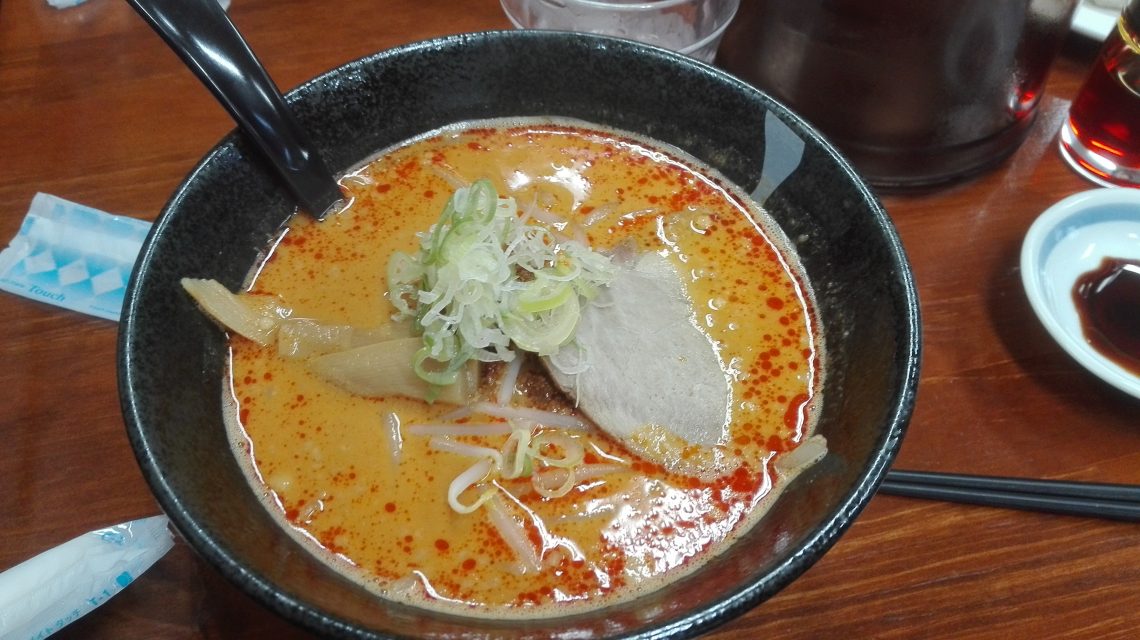

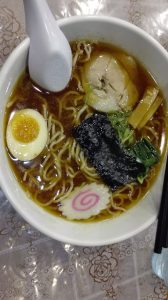
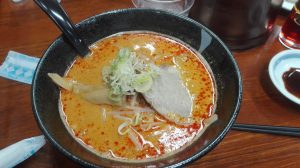
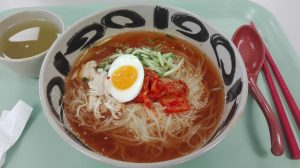


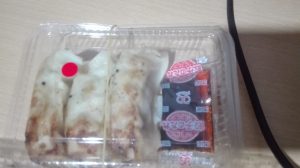
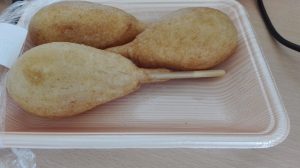


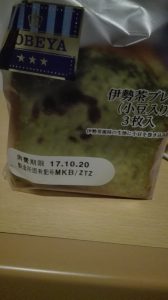




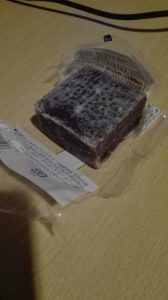

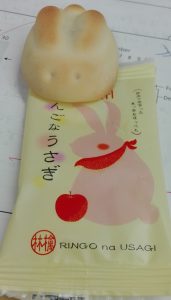
No Comments